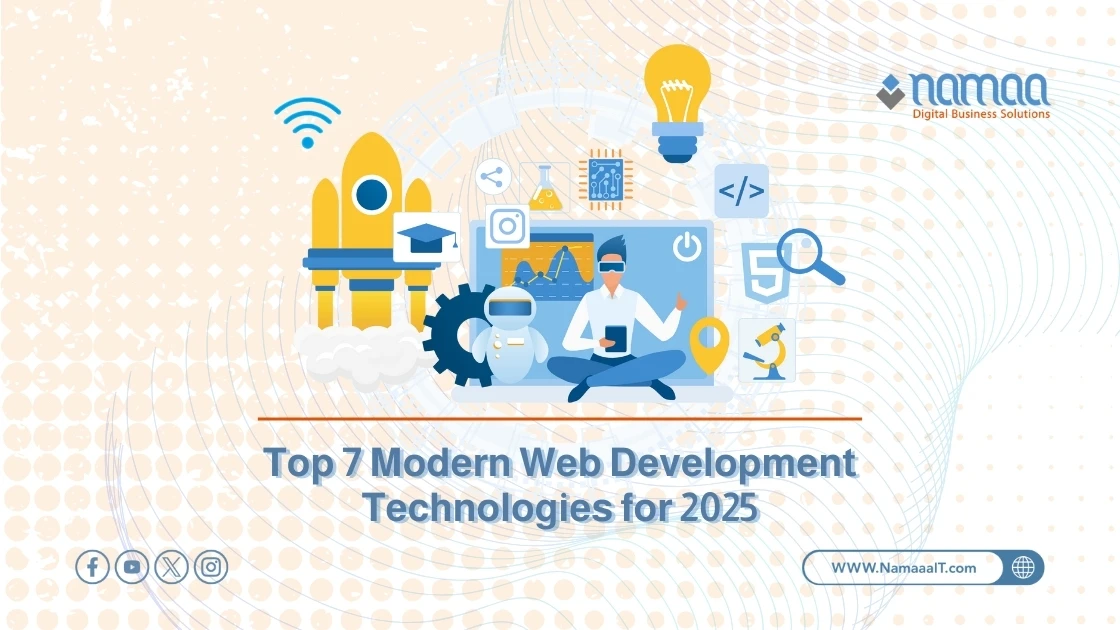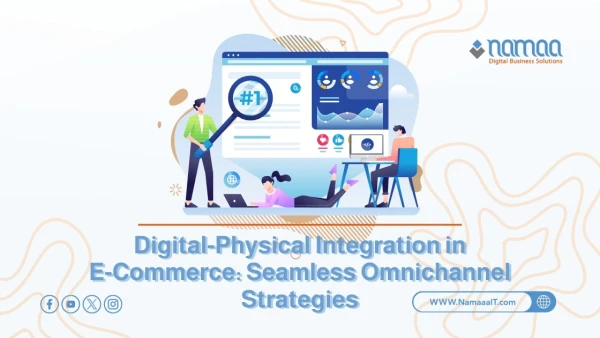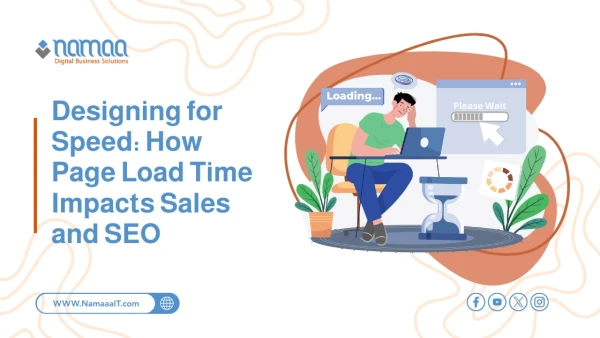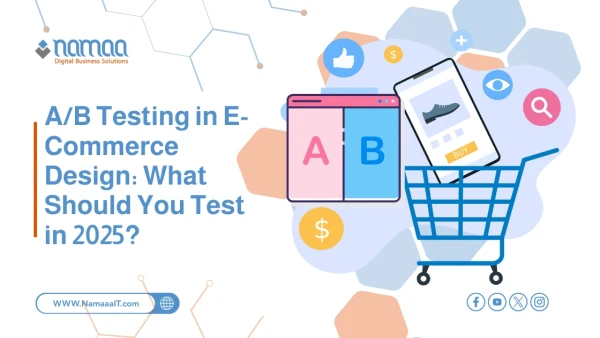Top 7 Web Development Technologies for 2025
1. WebAssembly (WASM)
WebAssembly is one of the most impactful technologies expected to boost web performance in the future. It allows code written in languages like C, C++, and Rust to run directly in the browser at much faster speeds than traditional JavaScript. This leads to significantly faster loading and execution of web applications.
With WebAssembly, developers can build browser-based games, graphic applications, and even heavy data-processing apps without requiring additional software installations. As browsers continue to expand support for this technology, WebAssembly is expected to become an indispensable part of future web development.
2. Modern JavaScript Frameworks
JavaScript frameworks remain the cornerstone of user interface development on the web. Heading into 2025, the use of these frameworks is expected to expand further. They continue to offer innovative solutions for building interactive and scalable web applications.
Popular frameworks like React remain leading choices due to their powerful capabilities. Meanwhile, Vue 3 and Svelte are gaining popularity for their performance and simplicity. For example, Svelte allows for writing less, more efficient code that reduces resource consumption and improves performance. These tools will enable developers to create fast and responsive interfaces in 2025.
3. AI-Powered Web Development
Artificial intelligence is expected to play an increasingly significant role in web development. By 2025, AI will be integrated into many aspects of the development process. Tools like GPT-4 and TensorFlow will automate tasks such as data analysis, SEO optimization, and user experience enhancements.
AI can dynamically personalize website content based on user behavior, increasing engagement. It can also provide intelligent recommendations for improving interfaces and boosting site performance based on data-driven insights.
4. Progressive Web Apps (PWAs)
Progressive Web Apps continue to be widely adopted in modern web development. They offer app-like experiences directly through the browser, without the need to download apps from stores. Technologies like Service Workers and Cache API allow developers to build fast, robust websites that function even with poor or no internet connectivity.
By 2025, PWA adoption is expected to grow significantly, offering benefits like performance, ease of use, and better accessibility across devices. Users can even install websites for offline use, providing a smooth and efficient browsing experience.
5. Jamstack Architecture
Jamstack represents a modern approach to building websites using JavaScript, APIs, and Markup. It delivers content faster through pre-rendered pages powered by JavaScript, making websites more secure and performant.
Jamstack decouples the site’s architecture, enhancing security and reducing server management complexity. In 2025, Jamstack will be a top choice for developers seeking faster load times, improved scalability, and higher security levels.
Related: How to Build a Professional Website
6. Low-Code/No-Code Development
Low-code and no-code platforms allow developers and non-tech users alike to build complex websites and apps with minimal coding. Platforms like Webflow, Bubble, and OutSystems empower users to create full-featured web applications without deep programming knowledge.
In 2025, the popularity of these tools will grow rapidly, accelerating development processes and allowing developers to focus on more advanced challenges. These tools also help businesses create digital solutions faster and more cost-effectively.
7. 5G Technology and Its Impact on Web Development
The rise of 5G has dramatically boosted internet speed, and by 2025, it will have a major impact on web development. It enables users to access content faster and more responsively, paving the way for rich media websites and interactive applications that rely on high-speed data.
With reduced latency and increased bandwidth, developers can build more immersive sites that support technologies like augmented reality (AR) and virtual reality (VR). As 5G becomes more widespread, it will enhance how users interact with complex content online.
In Conclusion, by embracing the top 7 web development technologies of 2025, we will witness major advancements in how websites are built and how users engage with them. With continuous improvements in performance, security, and user experience, the face of the internet and digital interaction will evolve significantly. Whether you're a developer or a business owner aiming to grow your online presence, understanding and utilizing these technologies will be key to future success.









